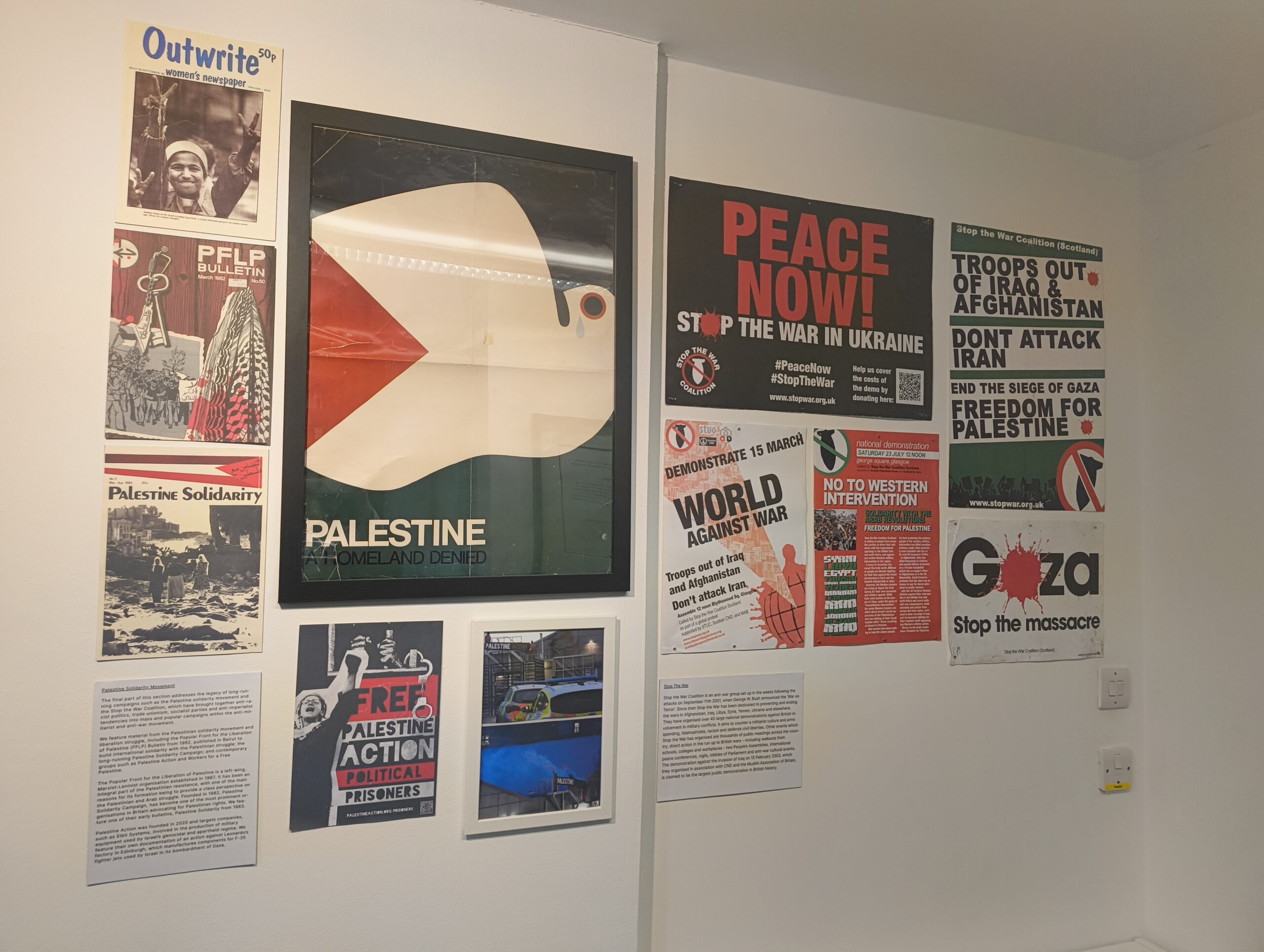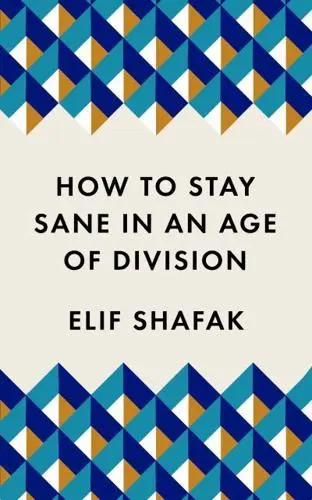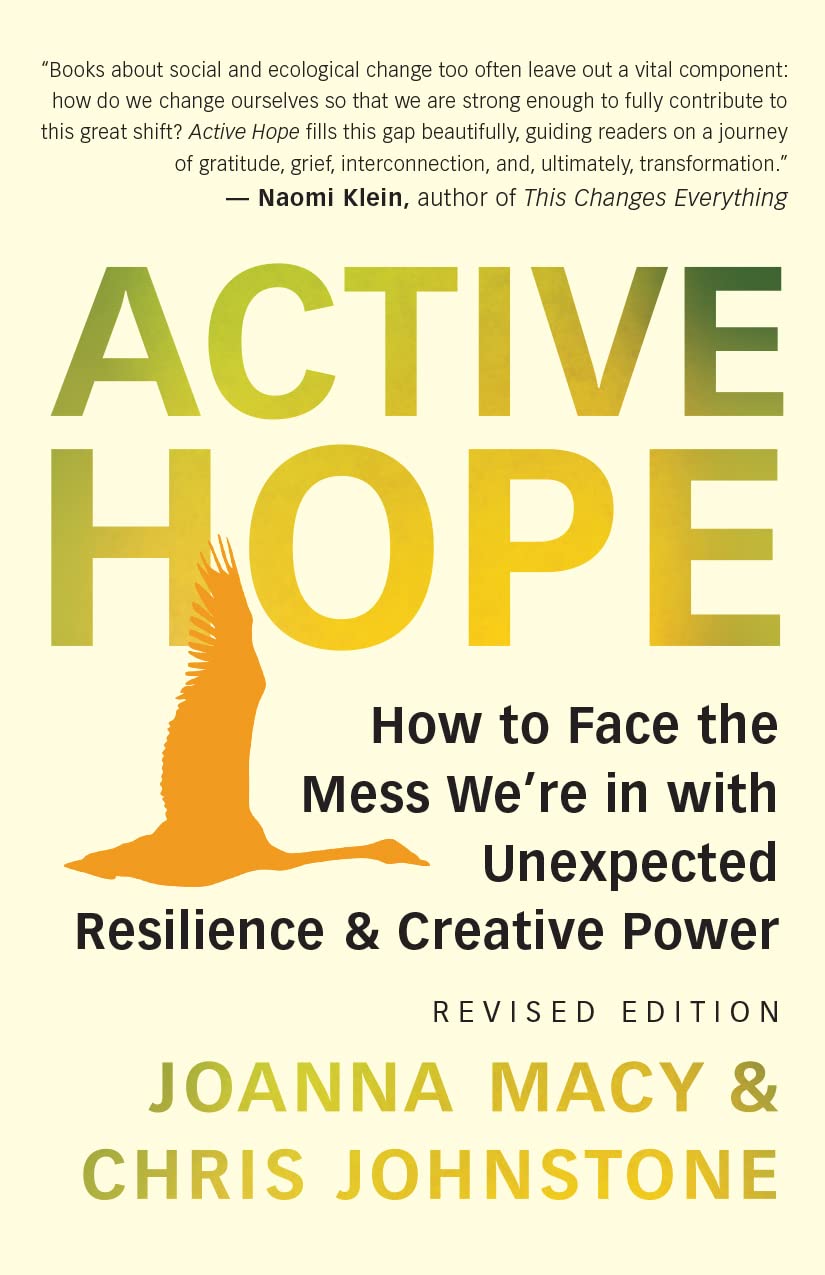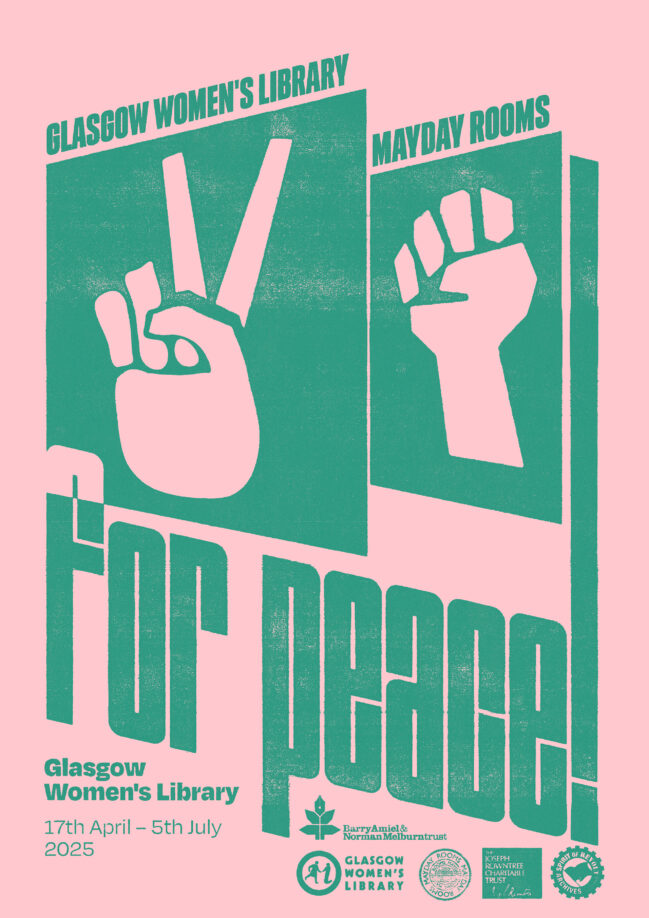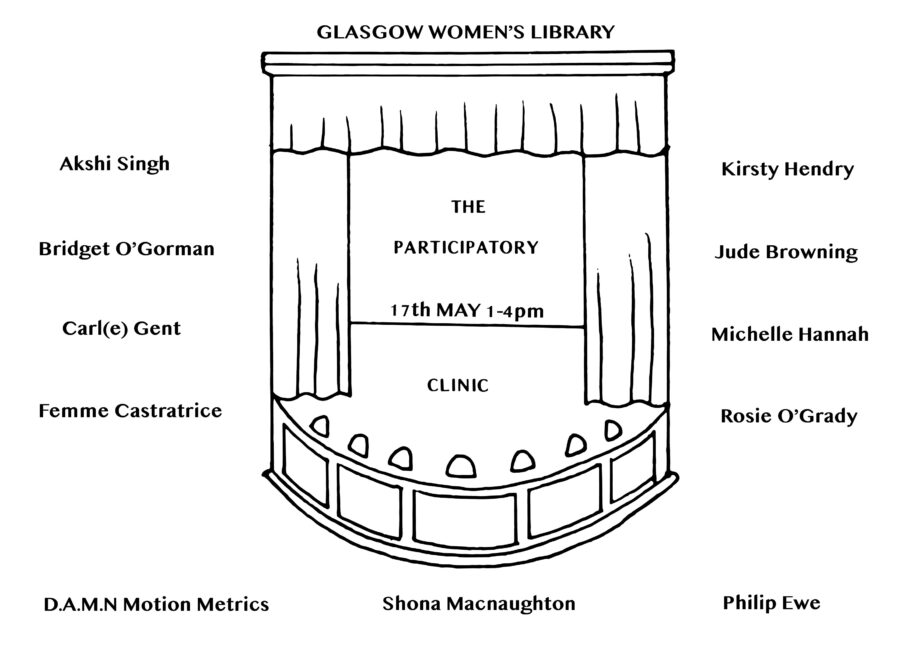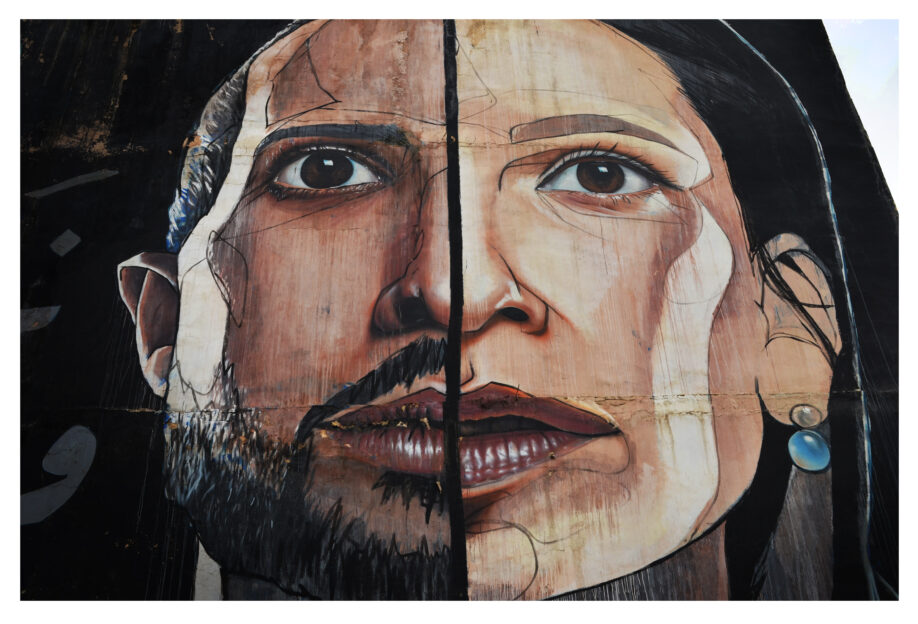If you’d have passed through the East End of Glasgow last month, here’s what you might’ve seen: a naked woman made of stone, crouched on a plinth, her face covered by a gorilla mask. Around her, a cluster of other artworks in ornate gold frames also depict naked women. Passers-by are faced with a question: are there more naked women than women artists in UK museums? No, this isn’t a dreamscape – it’s a Guerrilla Girls billboard, curated by ArtNight in partnership with GWL as part of a public art project called The Male Graze. Similar billboards popped up in cities across the UK, using bold questions and jarring imagery to question the underrepresentation of women artists and artists of colour in galleries and art history.
Established in New York in 1985, the Guerrilla Girls are an anonymous collective of women artists who challenge discrimination in the art world through a practice known as culture jamming. To paraphrase Vereni Kuni, we can understand culture jamming as a set of tactics and acts which disrupt the dominant order of things, flipping it upside-down and introducing new possibilities in its place. Billboards, graffiti, posters and stickers are usually the weapons of choice for those who want to create public disruptions like the one above, chiefly because they offer accessible, affordable and very effective ways to make a statement that stops people in their tracks. Along with some of the Guerrilla Girls’ artefacts, we’re lucky enough to have many examples of the handiwork of some lesser-known British feminist collectives who took their frustrations and made them into public statements. In this blog, we’ll explore feminist culture jamming in the streets of 1980s Britain.
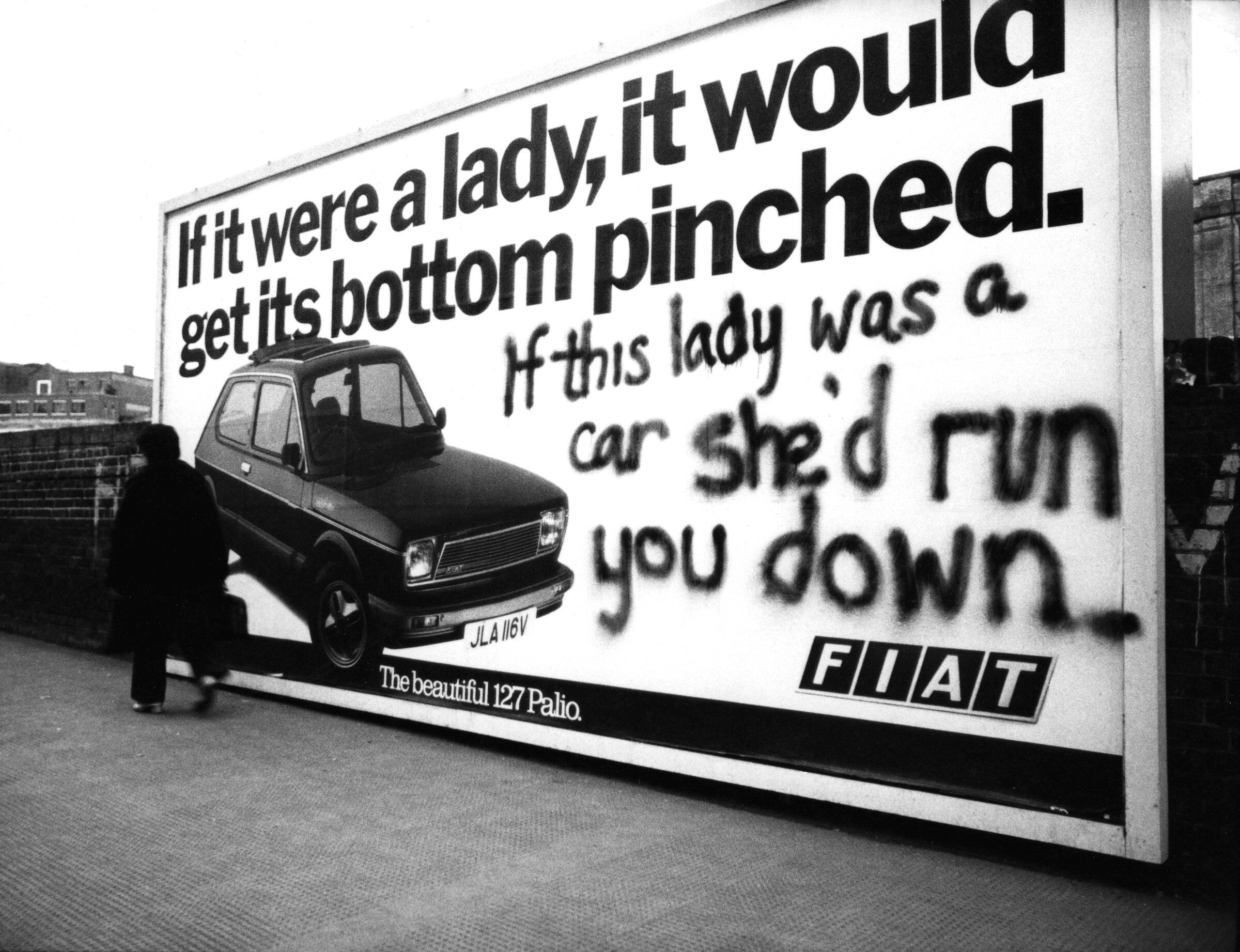
A Fiat ad becomes a feminist canvas
For photographer Jill Posener, it started with an advert for a Fiat 127. In Farringdon, London in 1979, a billboard proclaims that ‘if [this car] were a lady, it would get its bottom pinched’. Below this, a scrawled response reframes this corporate sexism: ‘If this lady was a car she’d run you down.’ Posener’s now-famous photo of this billboard led her on a years-long search through English streets for more humorous, imaginative retorts to the sexist, racist and classist mediocrity of the media and the state. The results were thousands of images and two photobooks, Spray it Loud (1982) and Louder than Words (1986), which documented the instrumental role that culture jamming has played in feminism (particularly lesbian feminism), anti-racist activism, anarchism, fights for housing and health equality, and the peace movement. In Spray It Loud, Posener explains that graffiti gripped her because it ‘creates two-way communication’ – and the Fiat graffiti artist proves her point, explaining:
This ad was opposite my place of work. I had to stare at it out of the window. A colleague and I went out and added the graffiti. You can see that there are two handwritings! It was a way of taking over the poster. […] By writing angry but humorous graffiti, we were also making the point that ad agencies don’t have the monopoly on wit.
It’s difficult to say how (or whether) those whose handiwork features in Posener’s images were influenced by US-based collectives like the Guerrilla Girls or artists like Barbara Kruger and Adrian Piper, all of whom employed the same street-level tactics. Certainly, Piper’s ‘Catalysis’ performance series in the 1970s – which saw the artist cover herself in wet paint and food – was a revelation for many women artists and artists of colour, a lesson in taking up space in public places that weren’t intended for you. Many of Jill Posener’s photos, though, depict something far more rough-cut, not remotely polished or premeditated; in these images, a guerrilla slogan has been hastily spray-painted across a billboard or a blank wall around a construction site. British feminist culture jamming was also set apart by its humour and sarcasm – and nobody did this more artfully than lesbian feminists.
Dykes rule! Lesbian feminist culture jamming
In the 1980s, amidst the stifling climate of mounting anti-lesbian sentiment and heterosexism that led to Section 28, lesbian feminist collectives made their existence visible on the streets beyond protests: they began to reclaim public space by graffitiing (or in Jill Posener’s words, ‘refacing’) sexist, racist and homophobic adverts. One such group was Lesbians United, a loose coalition of lesbian feminists whose calling card was the lesbian symbol, often in red, in the bottom-right corner of a refaced billboard. The image below was taken in Wood Green, North London in the 1980s, and it depicts an ad for Yorkie chocolate – a brand whose image has been built on lazy, sexist stereotypes – which has been wheat-pasted over with the words ‘macho bore’. The lesbian symbol in the corner suggests Lesbians United likely had a hand in its execution.
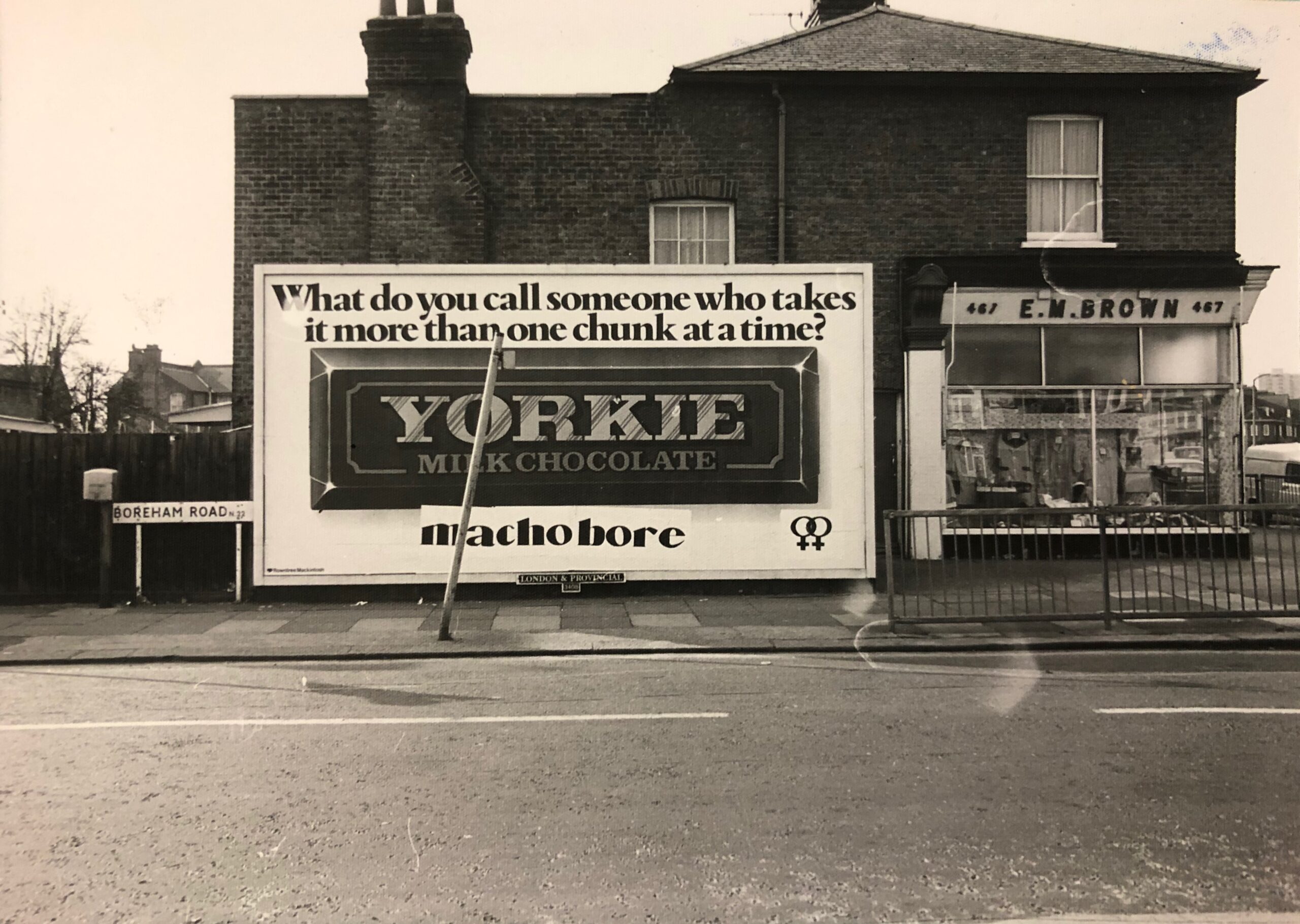
Daubed in scarlet paint cross the railway bridge over Queens Road in Peckham are the words ‘DYKES RULE’. On a billboard beside the bridge, beneath a pin-up girl who proclaims that a beauty product makes her ‘feel like a new man’, a speech bubble in that same red paint counters, ‘I’ve obviously never met the right woman!!’ This particular masterpiece was done by a local punk lesbian collective known as the Deptford Dykes, many of whom met when Lewisham Council took the decision to house lesbians and gays in flats that were otherwise considered ‘hard to let’ on the Crossfields Estate. Local lore has it that one of Lewisham’s housing officers looked favourably on accommodation applications from lesbians and gay men, thus – intentionally or not – making Crossfields the main base of a vibrant queer community. What’s great about the Deptford Dykes’ handiwork is that it’s a real sucker punch: its slogan directly defies the moral panics about ‘straight’ women being indoctrinated into lesbianism which took hold in pockets of communities, as local councils began to invest in women’s centres and LGBT organisations.
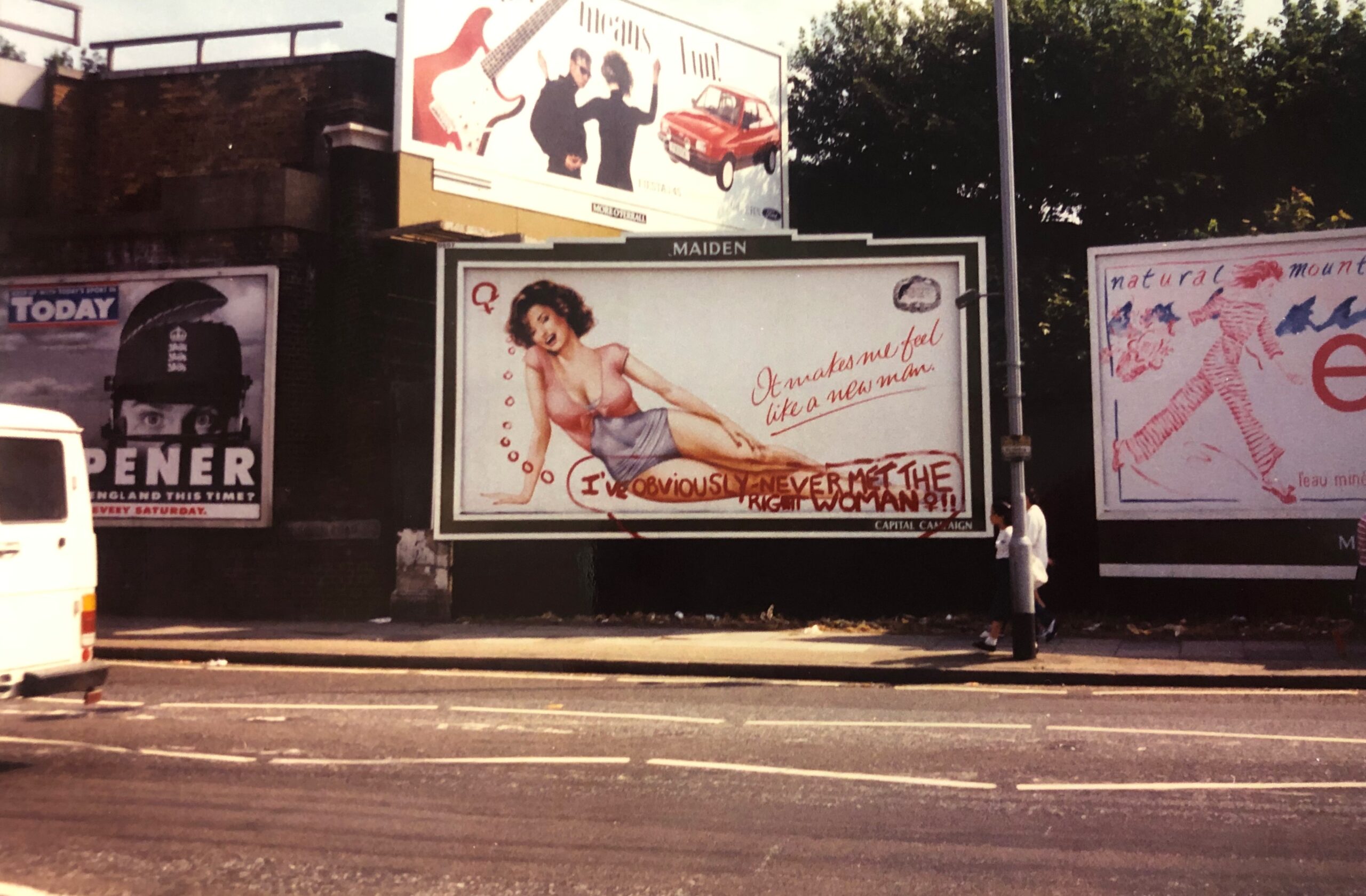
Lesbian feminist culture jamming also took the form of banners and guerrilla signage, often tying in with other forms of direct action. In one of my favourite examples (below), a placard affixed to a South Yorkshire boundary sign shouts ‘WELCOME TO SHEFFIELD, LESBIAN CAPITAL OF THE NORTH’. This placard was erected in April 1988 as part of Sheffield’s ‘Stop the Clause’ demo against Section 28. If feminist culture jamming is all about reclaiming space, you’d struggle to find a much more direct metaphor than a declaration like this plastered over a boundary sign.
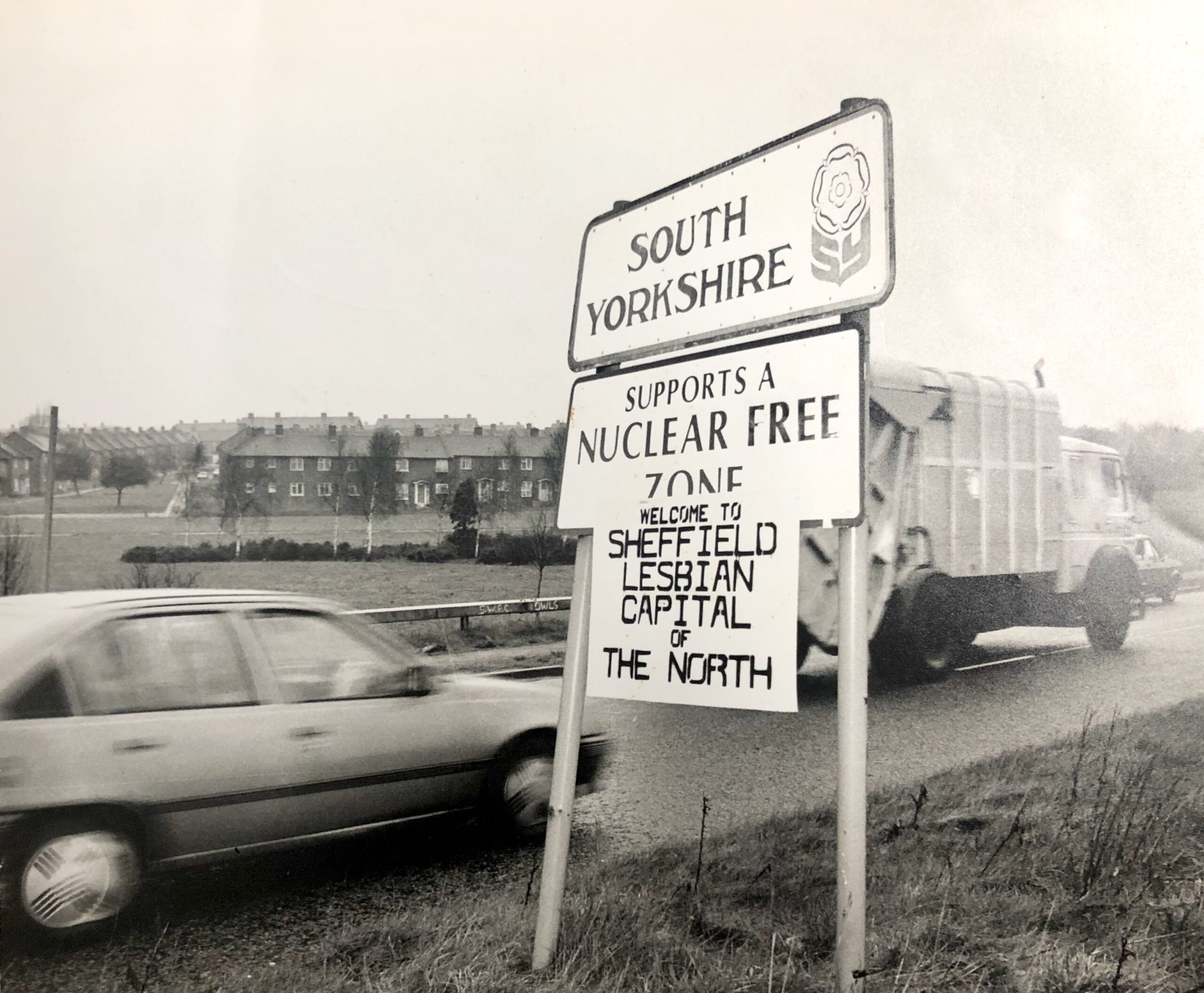
It’s rare to see someone refacing a public advert nowadays, and yes, much of the explicitly political and anti-consumerist imagery of early culture jamming has been diluted and (ironically) repackaged as slogan t-shirts or gallery postcards. Still, though, when we stop to look for it, culture jamming can be found everywhere (next time you cross at a traffic light or wait for a bus, count the stickers in your vicinity). As these archive images demonstrate, grassroots feminists have always sought out creative, thought-provoking ways of occupying public spaces – of proclaiming, loudly, in traffic-stopping shades, that we are here.
About the author: Lucy Brownson (she/her) is an archivist and PhD candidate at the University of Sheffield. In her doctoral research, Lucy explores the history of archival practices at Chatsworth House through a feminist lens. She’s also an organiser of Sheffield Feminist Archive, a community archive documenting grassroots feminism in the Steel City. Lucy is undertaking a placement in the GWL archives from July-October 2021; you can keep up to date with her work on Twitter.
References
Katie Cooper, ‘Guerrilla Girls: The Battle for Equality in Art’, GWL blog (24 Jan 2014)
Emily Dinsdale, ‘Diving deep into 40 years of Barbara Kruger’s radical art’, Dazed (11 Jun 2021)
Glasgow Women’s Library, ‘The Male Graze: Guerrilla Girls’ (2021)
Vereni Kuni, ‘GENDER JAMMING. Or: Yes, We Are. Culture Jamming and Feminism’, in Elke Zobl and Richard Drüeke (eds), Feminist Media: Participatory Spaces, Networks and Cultural Citizenship (2012).
Nathan Ma, ‘Adrian Piper’s Catalysis Taught Me How to Resist Everyday Racism’, Elephant (21 Jan 2020)
Lexi Manatakis, ‘Why artist Adrian Piper is one of the most innovative minds of our time’, Dazed (25 May 2018)
Chris Mazeika, ‘1985-1995: A Decade of Lesbian and Gay Identity in Deptford’s Crossfields Estate‘, Crosswhatfields? blog (21 Jan 2021)
Jill Posener, Spray It Loud (1982), in the Lesbian Archive at GWL

